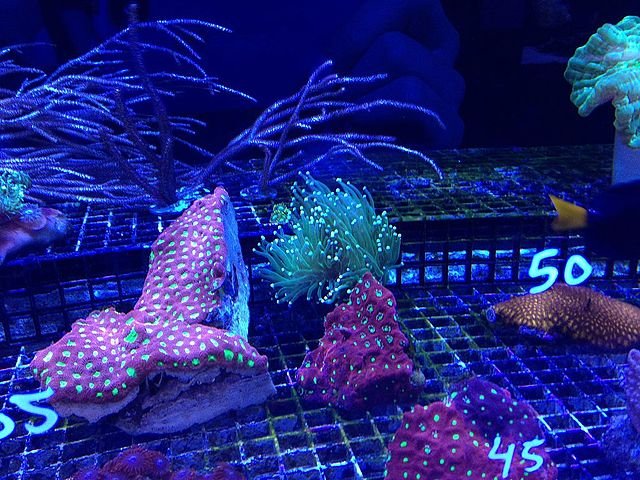Oyster reefs are crucial habitats that support diverse and abundant communities of invertebrates and fish. However, overexploitation has led to an 85% reduction in oyster reefs worldwide. In recent decades, efforts to restore oyster reefs have emerged, aiming to recover the ecosystem services they provide.
Oyster reef restoration is on the rise globally, a phenomenon that has not gone unnoticed in the fields of ecology and aquaculture. In many cases, this restoration is occurring alongside well-established oyster aquaculture industries, which gained prominence following the decline of natural oyster reefs.
Researchers from Macquarie University, Port Stephens Fisheries Institute, the Department of Primary Industries Fisheries, and the Sydney Institute of Marine Science have published a study that examines the positive and negative interactions between the oyster restoration industry and aquaculture. They also highlight key factors that can promote positive outcomes in this complex balance.
These interactions arise from shared resource requirements, common knowledge needs, and biological relationships, and their outcomes can vary depending on environmental, biological, and socioeconomic conditions.
The coexistence of oyster reef restoration and aquaculture is not coincidental. Both require similar resources, including space, clean water, breeding and reproduction programs. Furthermore, they share essential knowledge for addressing threats, mitigating risks, and optimizing the growth and survival of oysters. These similarities form the basis of interactions between the two industries.
From Positive to Negative: A Shifting Journey
However, these interactions can be either positive or negative, and their direction can change based on various factors. Three primary elements determine the strength and direction of these interactions:
Target Species
The oyster species in question plays a crucial role in the dynamics between the two industries. When both industries share a common interest in a specific oyster species, positive interactions tend to be more frequent and robust. Conversely, conflicts and competition can arise when the species differ.
Physicochemical and Socioeconomic Environment
The environment in which these industries operate, encompassing both environmental conditions and socioeconomic factors, also influences their interactions. Effective spatial planning, supported by tools such as suitability models, can help optimize the placement of both industries to minimize conflicts.
Open Dialogue and Consultation
Open communication and consultation between the two industries and relevant stakeholders are essential for risk management and maximizing positive synergies. This collaboration can facilitate joint investments, resource sharing, and knowledge exchange, particularly when the target species are common to both industries.
Stay Always Informed
Join our communities to instantly receive the most important news, reports, and analysis from the aquaculture industry.
Towards a Sustainable Future
As both industries continue to grow, maintaining open and collaborative dialogue is fundamental for mitigating risks and maximizing positive synergies. Oyster reef restoration and aquaculture have the potential to coexist harmoniously, provided attention is paid to these key factors.
Conclusion
Balancing oyster reef restoration and aquaculture is an ongoing challenge, but not an insurmountable one. By considering the similarities and differences between these two industries and working together to address challenges, we can move towards a more sustainable future for marine life and the communities that depend on it.
Oyster reef restoration and aquaculture can not only coexist but also mutually reinforce each other when managed appropriately and fostered through open and collaborative dialogue.
Contact
Melanie J. Bishop
Email: melanie.bishop@mq.edu.au
Reference (Open Access)
Bishop MJ, Lanham BS, Esquivel-Muelbert JR, Cole VJ, Faelnar KM, Jenkins C, Keating J, Martínez-Baena F and O’Connor WA (2023) Oyster reef restoration – aquaculture interactions: maximizing positive synergies. Front. Mar. Sci. 10:1162487. doi: 10.3389/fmars.2023.1162487
Editor at the digital magazine AquaHoy. He holds a degree in Aquaculture Biology from the National University of Santa (UNS) and a Master’s degree in Science and Innovation Management from the Polytechnic University of Valencia, with postgraduate diplomas in Business Innovation and Innovation Management. He possesses extensive experience in the aquaculture and fisheries sector, having led the Fisheries Innovation Unit of the National Program for Innovation in Fisheries and Aquaculture (PNIPA). He has served as a senior consultant in technology watch, an innovation project formulator and advisor, and a lecturer at UNS. He is a member of the Peruvian College of Biologists and was recognized by the World Aquaculture Society (WAS) in 2016 for his contribution to aquaculture.




